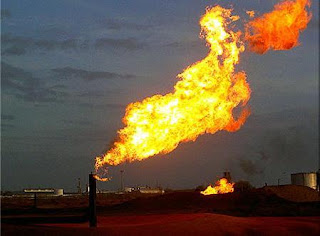On-line analyzers are devoted for the continuous, efficient qualitative and quantitative measuring of Gaz, Liquid and Solid products. Main function of those analytical devices is to ensure the control and the optimization of the process chain.
Investments dedicated on on-line analyzers are significant: Expectations that shareholders are waiting from the online analyzers in term of benefits and Return of Investments (ROI) are at the same level!
Online analyzers use advanced technologies and cover different specialties areas like chemistry, IT, automation, electricity and so on. Due to the complexity of the online analyzer used technologies, it happens that online analyzers do not work or reach the objectives targeted for. Let’s understand why!
Reasons of non functioning online analyzers systems are various and the responsibility of such problems could come either from the supplier or the End-User.
The following three problems are the origin of the most common non functioning situations of online analyzers at client site:
Problem 1: Bad System Design
An online analyzer implies the use of different equipments and represents an entire technological solution. An online analyzer is not only the measurement device but the whole solution including the probe, the sampling system and all other equipments associated to the analyzer. One common problem with online analyzers functioning is coming from a bad design that will characterize the system if the engineering work has been achieved just on the analytical device part and not on the associated equipments that comes with the analyzer.
How to avoid that situation?
- Analyzers design and conception require experience. The end-user could avoid bad design problems if he is technically advised by specialists during the conception period. Different specialists propose their consultancy services to be the interface between the client and the analyzer manufacturer and avoid conceptual problems at the design stage. Don’t hesitate to get those specialist supports as their costs will be entirely justified if a bad hard situation could be avoided later on and if the equipment will generate the expected benefit. Investment on technical specialist is not significant comparing to the benefit that the company could get from their work so do not hesitate to ask for technical support!!
Problem 2: Lack of Training
It happens very often that one online analyzer is well configured and installed at site and stop functioning few days after commissioning activities. This is due to a bad or incomplete know-how transfer done between the manufacturer and the End-User.
How to avoid that situation?
- By training! Training activities are very important and End-Users should be familiar with the equipments by getting onsite regular training sessions. It is right that some manufacturers will propose just their equipments and not the associated training services to ensure correct know-how transfer. If it is the case, End-Users should revert to technical specialists that will propose such training services following adapted schedules. A non trained operator will be a non efficient resource for the End-User. Training activities are therefore necessary investment on which the End-User needs to bet for the benefit of it company!
Problem 3: Lack of maintenance
Online analyzers require regular maintenance and follow up that some End-Users will not realize due to lack of resources, time, equipments, tools and so on
How to avoid that situation?
- Reorganize the maintenance activities inside the company. Different advising and consulting companies proposes their support to help the End-User in his maintenance activities organization step.
- Some End-users will subcontract entirely the online analyzer maintenance activity to external companies which propose such services and who will have the necessary tools and resources to achieve this work. This solution could be profitable for the End-User who he will get the warrantee of the functioning of its equipments without all the inconveniences linked to an internal heavy maintenance activity management.
Maintenance activities are very important for the End-User. An efficient maintenance approach should be adopted to warrantee efficient functioning of the tools and equipments. Don’t hesitate to get the help of maintenance specialists to review your current maintenance approach and enhance it to reach the goal you are targeting.


































